Safe return guarantees that the trafficked person will not become involved again in a situation of trafficking or another form of violence and that they will receive the necessary support to meet their medical, social, and psychological needs.
Return to the region/country of origin is possible when:
- The trafficked person wants to return to their region/country of origin;
- The reflection period has expired and no measures have been take under Article 25 of the CTHBA;
- The special protection status provided according to the CTHBA for the duration of the criminal proceedings has been terminated;
- The continuous residence permit issued to a foreign national victim under the CTHBA has expired;
- The period of extended stay in an accommodation centre under the CTHBA has expired.
The return must be based on an informed decision. The trafficked person must receive sufficient information about the rights and possibilities to remain in the region/country of destination or to return to the region/country of origin. The trafficked person takes an active part in organising their return.
Step 1. Updating the risk assessment to ensure safe return
When preparing the trafficked person’s return, the professionals apply a broad understanding of risk. The assessment includes the following areas:
- Whether there is risk for the person to become involved in trafficking again or to be subjected to other types of violence (including in the family);
- Whether the family was involved in the process of trafficking;
- Whether the person’s family has been threatened;
- Whether the traffickers know the person’s location and that the person is returning;
- Whether there is risk for the trafficked person to be stigmatised or subjected to social isolation in their country/region of origin;
- Whether there is a supporting environment;
- Whether there is risk of long-term unemployment and poverty which can push the person in a situation of violence or trafficking again;
- Whether there are social, cultural or religious factors that can endanger the trafficked person’s return (for example, violence of honour);
- Whether there are community-based support services, programmes and organisations;
- What the state policy regarding trafficking is;
- Whether there is risk of criminal prosecution in the country of origin because the person was trafficked or involved in criminal activities during the period of trafficking or was an illegal migrant;
- Others.
The risk assessment regarding the trafficked person’s return to the country/region of origin is based not only on information received from the victim but also information from reliable sources in the country/region of origin. Such information may also be requested ex officio from the respective state and non-governmental organisations in the country/region of origin.
The risk assessment ends with an updated safety plan designed with the trafficked person’s consent, which contains the safety measures that the person needs to undertake in the country/region of origin and information about organisations the person can turn to for help. The counsellor agrees with the victim on a follow-up contact.
Step 2. Ensuring the necessary documents and information for the trafficked person’s travel
All documents related to the trafficked person’s return must consider the risk assessment and be formulated in a way that does not violate the confidentiality principles. For example, they must not state that the person was a victim of trafficking or an illegal migrant if this can lead to criminal prosecution in the country of origin. All documents which the trafficked person will need for their travel must contain as little information about the trafficking situation as possible. If necessary, more detailed information can be provided later upon an official request from the authorities in the country/region of origin.
The documents must also include the support and safety plan, documents related to the victim’s health (if necessary), certificates that the victim used certain services (if necessary).
Step 3. Contact with a service provider to exchange information and coordinate the return process
Where necessary and with the victim’s consent, the victim may be referred to services and programmes in the country/region they are returning to. In this case, all rules and procedures described in Measure 1.4. Referral are observed.
The counsellor provides the victim with detailed information about the receiving organisation:
- Name of the organisation, telephone and address;
- Contact person;
- Programmes and services provided by the organisation
- How to establish contact with it.
The consultant needs to make sure that the trafficked person has this information in a reliable and accessible way. Where necessary, with the victim’s consent, the police authorities in the country/region of return may be notified.
Step 4. Meeting of the trafficked person in the country/region of return by the receiving organisation
With the victim’s consent and in view of the victim’s safety, the organisation which will provide help and support upon the return meets the victim. The staff must be informed in advance about the time and place of arrival. They organise a reception according to the risk assessment. The staff must keep all arrangements made with the trafficked person as to where to meet and how to recognise one another.
Step 5. Repatriation of a foreign victim of trafficking to the country of origin
Repatriation of the victim may be carried out solely based on a reliable risk assessment showing that there are no factors threatening the victim in the country of origin.
Safe repatriation follows the mechanism described in the steps above.
Forced removal from Bulgaria – expulsion – is organised when:
- The residence permit has expired;
- The criminal proceedings against the traffickers have been completed;
- The trafficked person has valid identity documents;
- There is a direct flight to the country of origin.
